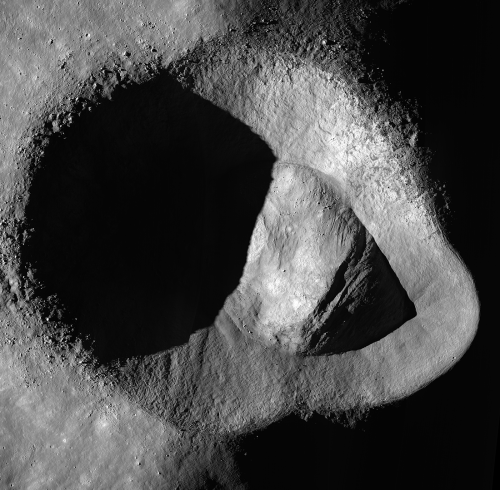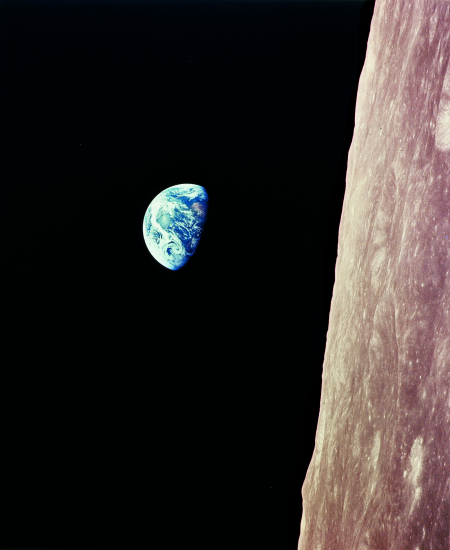Change’-5 successfully gets sample from drilling
The new colonial movement: According to the state-run Chinese press, Chang’e-5 has successfully obtained its first lunar sample from a 2-meter deep drilled hole.
After making a successful soft landing at 11:00 p.m. BJT on Tuesday, the lander started rolling out its solar panel wings and unlocking some of the payloads onboard to prepare for sample collection.
The lander first drilled a 2-meter-deep hole, digging out soil, and sealed it up at 4:53 a.m. on Wednesday [today]. Next, it will use its robotic arms to scoop up more samples from the lunar surface for backup.
If all goes right, they will collect a second sample from the surface using a scoop, and then the ascent capsule will take off tomorrow. It will then rendezvous and dock with the orbiter and return capsule.
The new colonial movement: According to the state-run Chinese press, Chang’e-5 has successfully obtained its first lunar sample from a 2-meter deep drilled hole.
After making a successful soft landing at 11:00 p.m. BJT on Tuesday, the lander started rolling out its solar panel wings and unlocking some of the payloads onboard to prepare for sample collection.
The lander first drilled a 2-meter-deep hole, digging out soil, and sealed it up at 4:53 a.m. on Wednesday [today]. Next, it will use its robotic arms to scoop up more samples from the lunar surface for backup.
If all goes right, they will collect a second sample from the surface using a scoop, and then the ascent capsule will take off tomorrow. It will then rendezvous and dock with the orbiter and return capsule.








